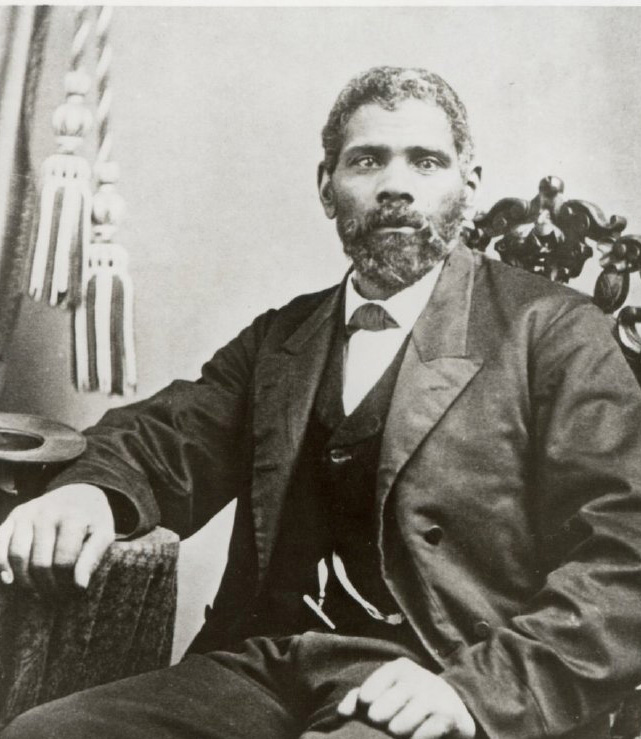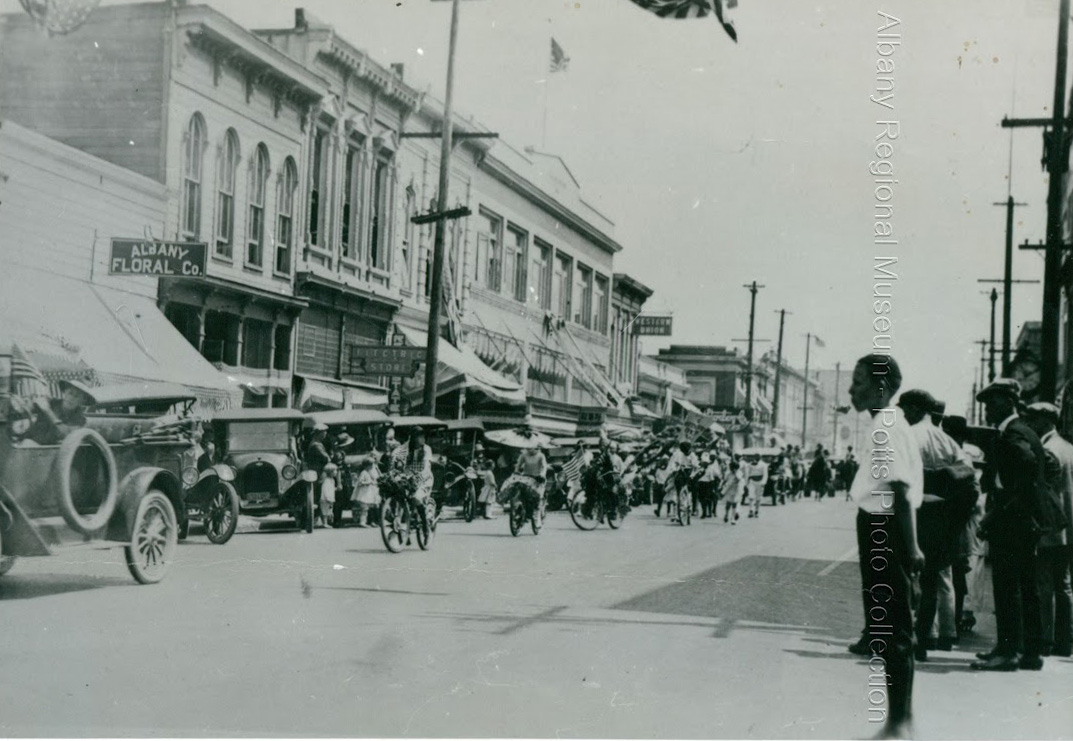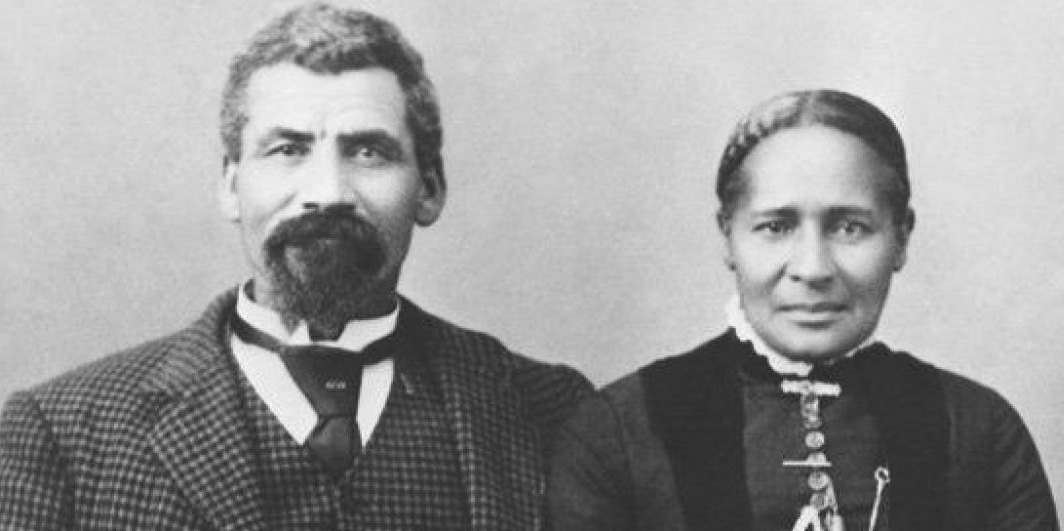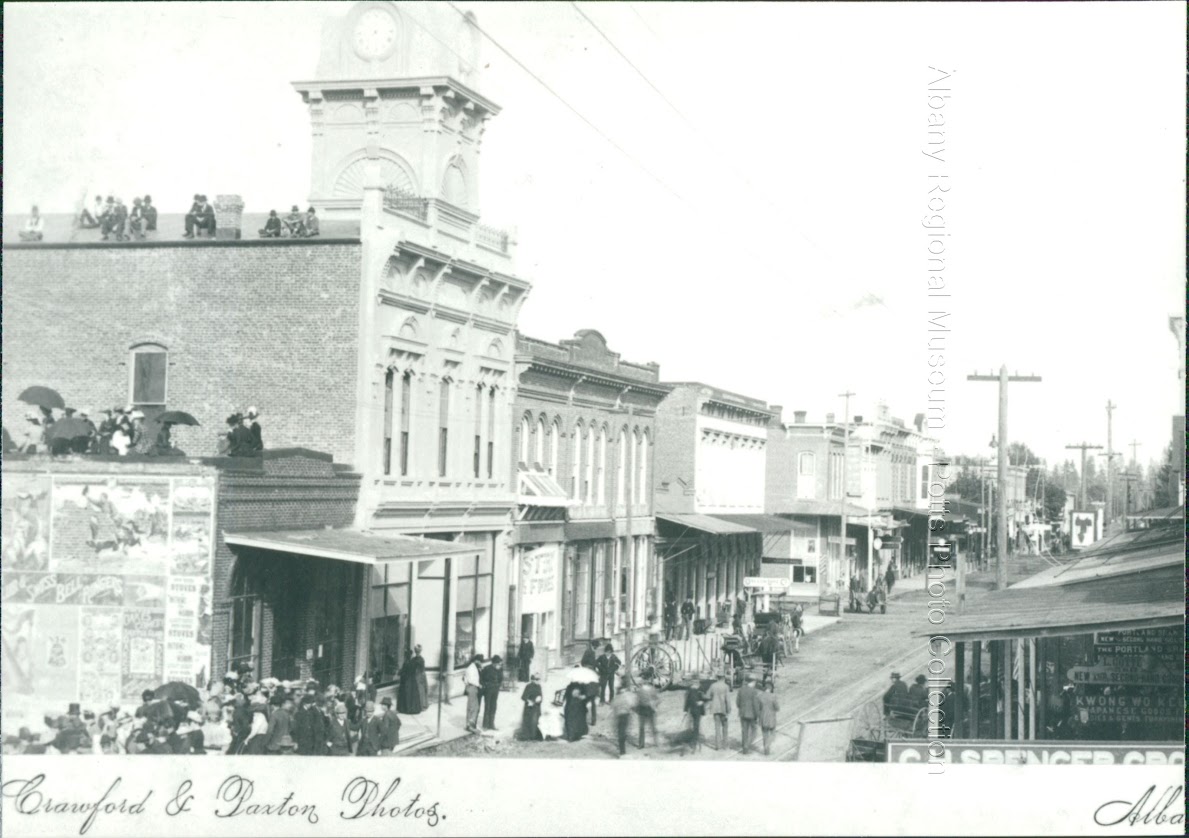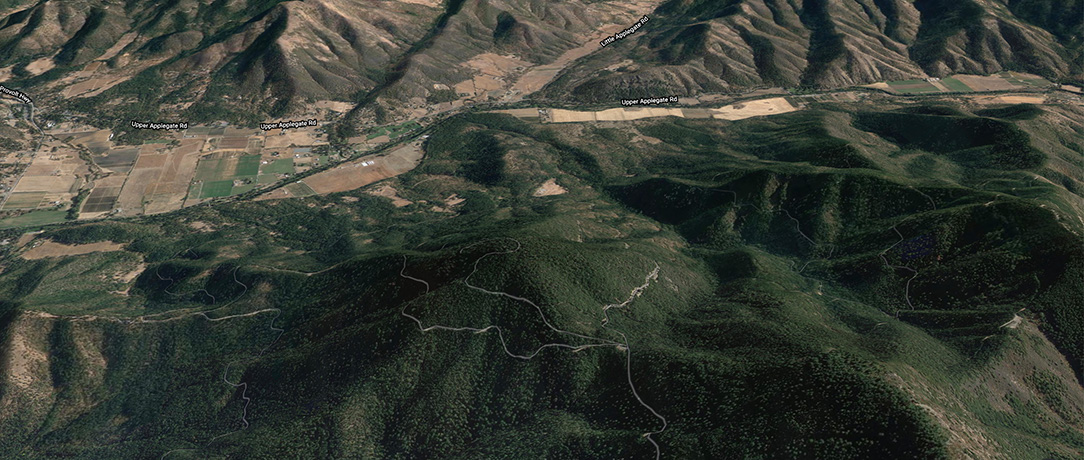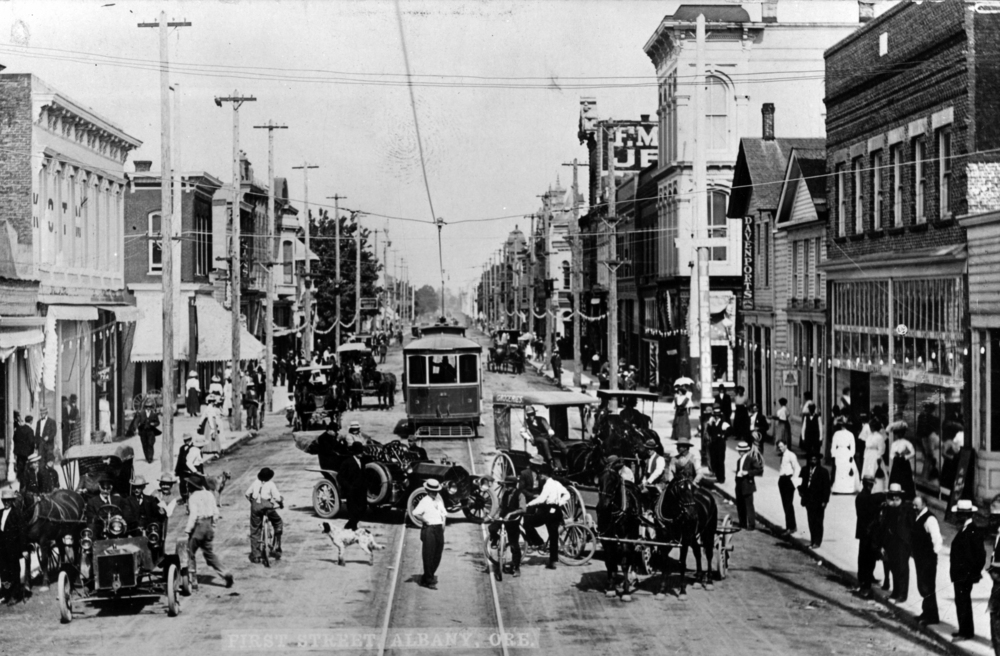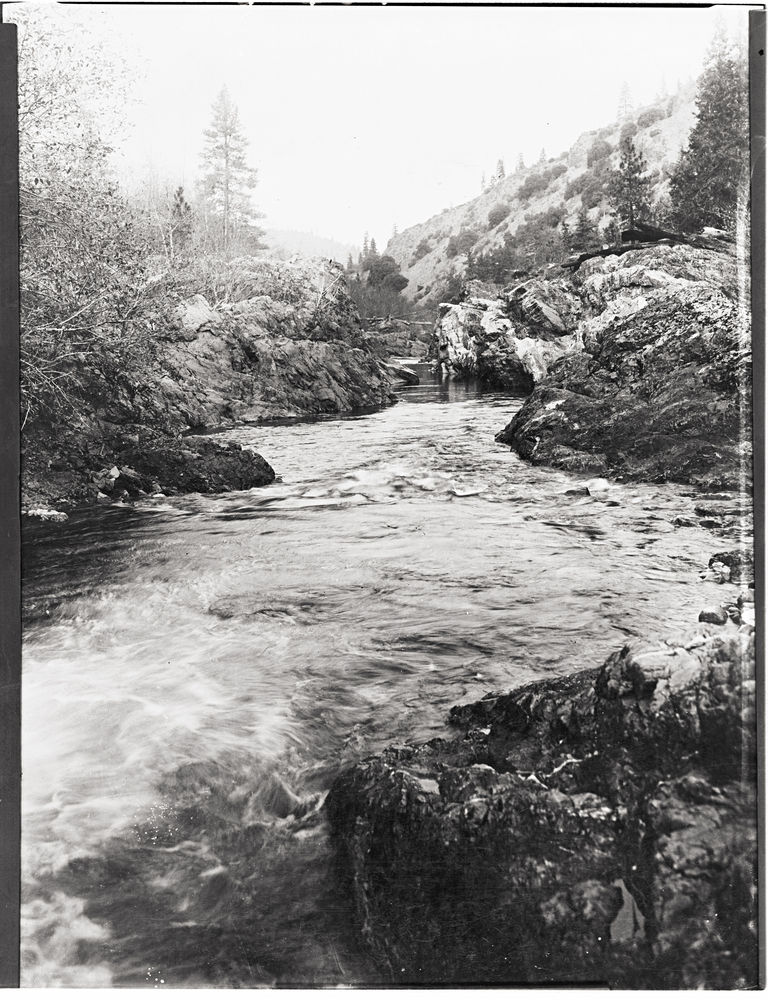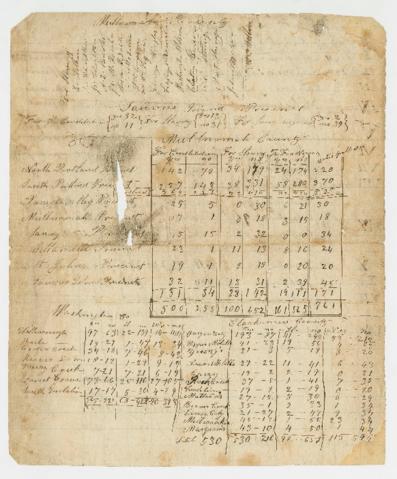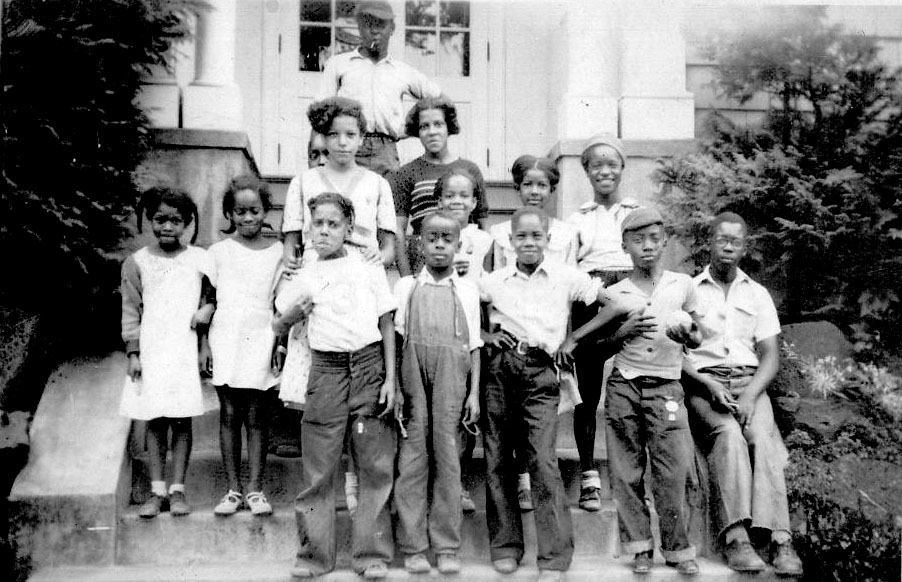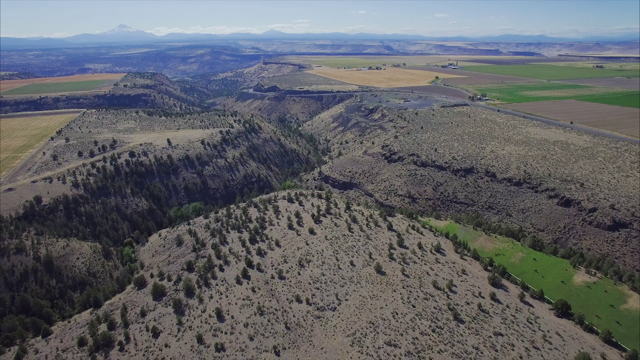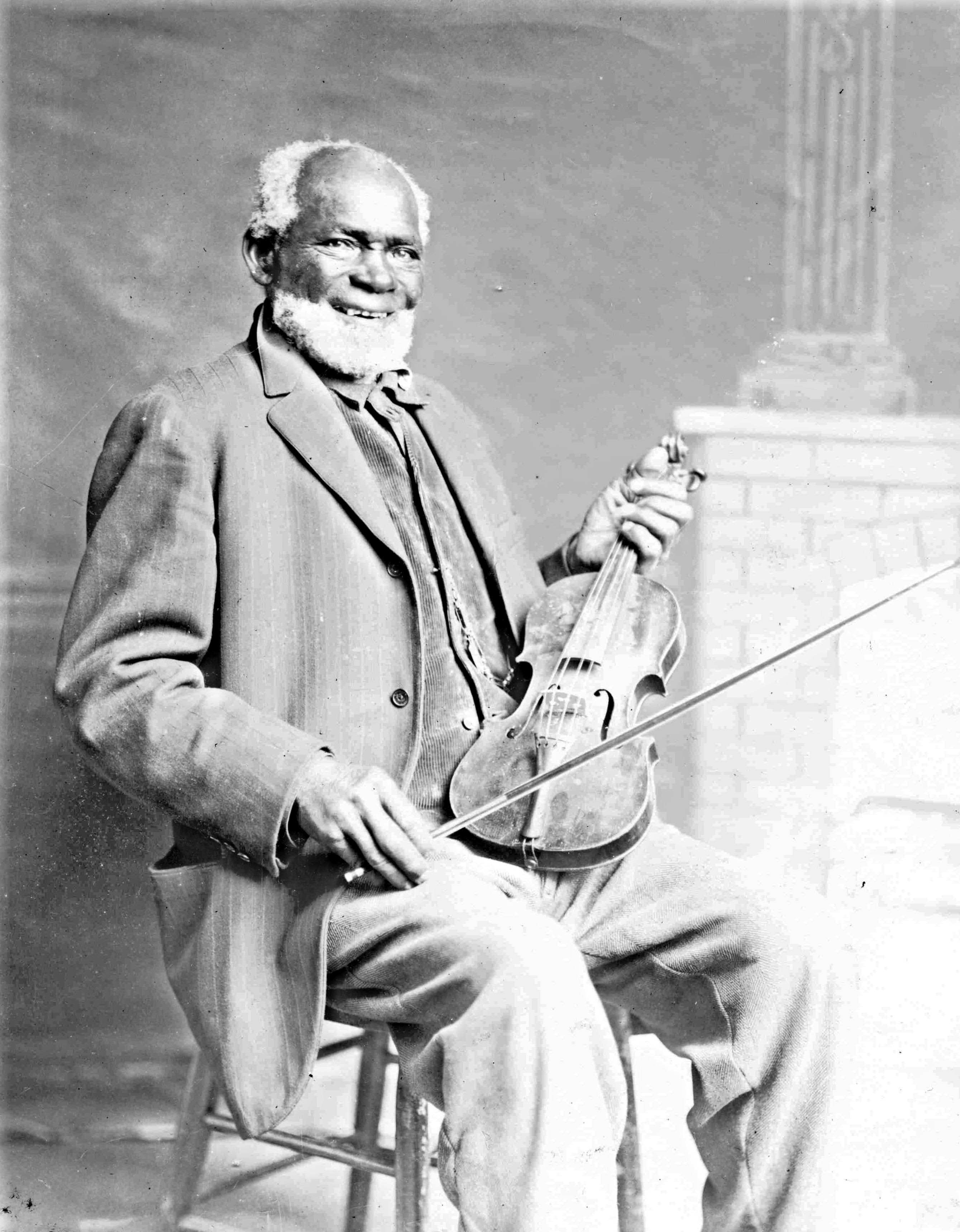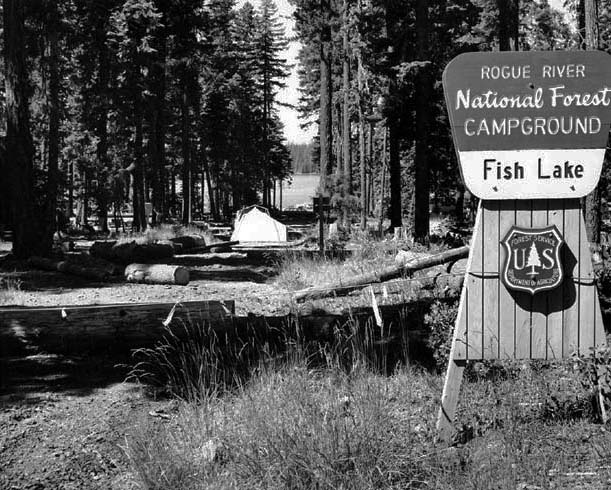Ben Johnson was a Black pioneer of Jackson County who came to Oregon as an enslaved person. He was a respected member of two communities, a business owner and homeowner, and the namesake of a mountain in southern Oregon.
Benjamin Johnson (known as Ben or Benj) was born in Alabama in 1834. Census records report that he was “mulatto,” having one Black and one white parent, though there is no record of his parentage. It is believed that Johnson was enslaved, though his owner is unknown.
In 1853, nineteen-year-old Johnson joined hundreds of emigrants in the overland trek to Oregon Territory. It is believed that he was still enslaved during the journey and acted as an ox driver on the Oregon Trail. While slavery was outlawed in Oregon, the 1844 Territorial Exclusion Law allowed slave owners to keep enslaved Blacks in the territory for up to two years for men or three years for women. Louis Southworth, another enslaved young man who became a prominent settler in Oregon, was on the same wagon train as Johnson.
Another traveler in the 1853 wagon train was Amanda Gardner (1833–1927), the servant of Lydia Corum Deckard, who had received her as wedding present when she married Anderson Deckard in 1842. The Deckards had multiple slaves but offered them all freedom before embarking on their journey to Oregon. Amanda was the only one who chose to follow the family west to claim her freedom in Oregon. She was still enslaved when the wagons reached Oregon City in 1853 but was formally emancipated soon after. She settled in Linn County with the family and continued to live in the Deckard family home in Tangent until 1858.
Ben Johnson, meanwhile, went on to Jackson County, but not much is known about his first fifteen years in Oregon. A man listed as “Beny W. Johnson” served as a Civil War volunteer in the Alabama Colored Infantry, but no later accounts connect Johnson to military service. A writer traveling through southern Oregon in 1861 reported meeting a Black blacksmith with a shop north of Ashland, but there is no way to connect that person with Ben Johnson.
Johnson’s name first appears in Oregon records in 1868, where he is listed as a “colored” person in the Jackson County assessment rolls for the mining community of Uniontown. The town was close to the mouth of the Little Applegate River near the present-day town of Ruch, which was founded by Thedoric Cameron, a New York-born mining and agriculture entrepreneur who was the local postmaster.
In Uniontown, Ben Johnson worked as a blacksmith, a common occupation for Black men in the United States during the nineteenth century. The work was laborious but highly valued in mining towns, where blacksmiths fashioned or mended metal tools, horseshoes, and more. Johnson built a blacksmith shop and an attached cabin on a 4,500-foot mountain. The easily identifiable landmark came to be associated with Johnson and within his lifetime was colloquially referred to as N----r Ben Mountain. That name appeared on regional maps as early as 1908 when the land was made part of the Rogue River National Forest.
In 1868, Johnson attended an Emancipation Day celebration in Salem, where he reconnected with Amanda Gardner, who by then was working in the home of J. H. Foster in Albany. Johnson began courting Gardner, and the couple was engaged by the end of the year. Gardner would postpone the wedding when several members of the Deckard family became ill with typhoid fever and she returned to Tangent to care for them. Five members of the household, including Lydia, died from the illness. Johnson apparently returned to Uniontown during this period. On January 10, 1869, Johnson became gravely ill when he was stabbed in the chest by a man named Bally Smith. The Oregon Sentinel reported on this incident on January 16 and noted that Johnson's wound would likely prove fatal. Johnson recovered and he is named in the Jackson County tax assessment records for 1869.
Johnson and Gardner were married in Albany on April 12, 1870, in the home of James Foster. Ben and Amanda were two of the seven Black residents counted in the Linn County 1870 census. Ben Johnson continued working as a blacksmith in Albany, operating a shop at 7 West Second Street. Newspaper accounts indicate that he was well-known and respected for his hard work and kind personality. Ben and Amanda lived at the southeast corner of Elm Street and Seventh Avenue. The couple later moved to a home on Vine Street. In 1884, a pair of horseshoe pincers created by Ben were exhibited at the World’s Exhibition in New Orleans.
Ben Johnson sold his blacksmith shop in 1892. He died nine years later at the age of sixty-eight. Amanda Gardner Johnson lived until 1927, reaching the age of ninety-seven. She was highly respected in her later years as one of Linn County’s last surviving pioneers. The couple is buried in Albany’s Masonic Cemetery.
Over time, the namesake of Jackson County’s N----r Ben Mountain was forgotten. In 1964, the U.S. Board on Geographic Names changed the name to Negro Ben Mountain, but no specific person had been identified to attach to the mountain. The 2003 edition of Oregon Geographic Names reported that “Ben’s last name appears to have been lost to posterity.” That same year, however, Talent historian Jan Wright found Johnson’s full name in the Special Collections at the University of Oregon. After years of further research by Wright and others, the Oregon Geographic Names Board recommended changing the name to Ben Johnson Mountain in 2020. The U.S. Board on Geographic Names approved the change the same year.
-
![]()
Ben Johnson.
Courtesy Lane County History Museum
-
![]()
A parade in downtown Albany, Oregon.
Courtesy Albany Public Library -
![]()
Ben and Amanda Gardner Johnson.
Courtesy Oregon Black Pioneers -
![]()
Downtown Albany, Oregon, c.1885.
Courtesy Albany Public Library -
![]()
A Google view of Ben Johnson Mountain in Applegate Valley, Oregon.
Google Maps
Related Entries
-
![Albany]()
Albany
The Albany area—situated at the confluence of the Calapooia and Willame…
-
![Applegate River]()
Applegate River
The approximately sixty-mile-long Applegate River is one of three north…
-
![Black Exclusion Laws in Oregon]()
Black Exclusion Laws in Oregon
Oregon's racial makeup has been shaped by three Black exclusion laws th…
-
![Black People in Oregon]()
Black People in Oregon
Periodically, newspaper or magazine articles appear proclaiming amazeme…
-
![John A. Brown (1830?–1903)]()
John A. Brown (1830?–1903)
John Brown Canyon heads on Agency Plains, seven miles north of Madras, …
-
![Louis Southworth (1829–1917)]()
Louis Southworth (1829–1917)
Louis Southworth came to Oregon in 1853, a time that was less than hosp…
-
![Rogue River National Forest]()
Rogue River National Forest
For over a century, the Rogue River National Forest has filled an impor…
Related Historical Records
Map This on the Oregon History WayFinder
The Oregon History Wayfinder is an interactive map that identifies significant places, people, and events in Oregon history.
Further Reading
“Shop occupied by Ben Johnson…has been put in better condition than formerly.” Albany Democrat, Janary 16, 1885.
“Name change on the Ruch, Oregon-California map.” Robert O. Davis, Pacific Region Engineer – US Geological Survey, Letter to Chief Topographic Engineer - US Geological Survey, September. 21, 1962.
“Amanda Gardiner Johnson and Benjamin Johnson.” In Black in Oregon: 1840-1870, 2018. Oregon State Archives.
Savoie, Suzie. “Long-lost story of pioneer blacksmith re-emerges.” Applegater: Applegate Valley Community Newsmagazine 13.4 (Winter 2020): 1, 13.
Savoie, Suzie. “Negro Ben’s Cabin.” Applegater: Applegate Valley Community Newsmagazine 5.2 (Spring 2012): 23.
Taylor, Quintard. “Slaves and Free Men: Blacks in the Oregon Country, 1840-1860.” Oregon Historical Quarterly 83.2 (Summer 1982): 166.
Wright, Jan. “Mountain Man of Mystery.” Southern Oregon Heritage Today 7.3 (Summer 2005): 15.



